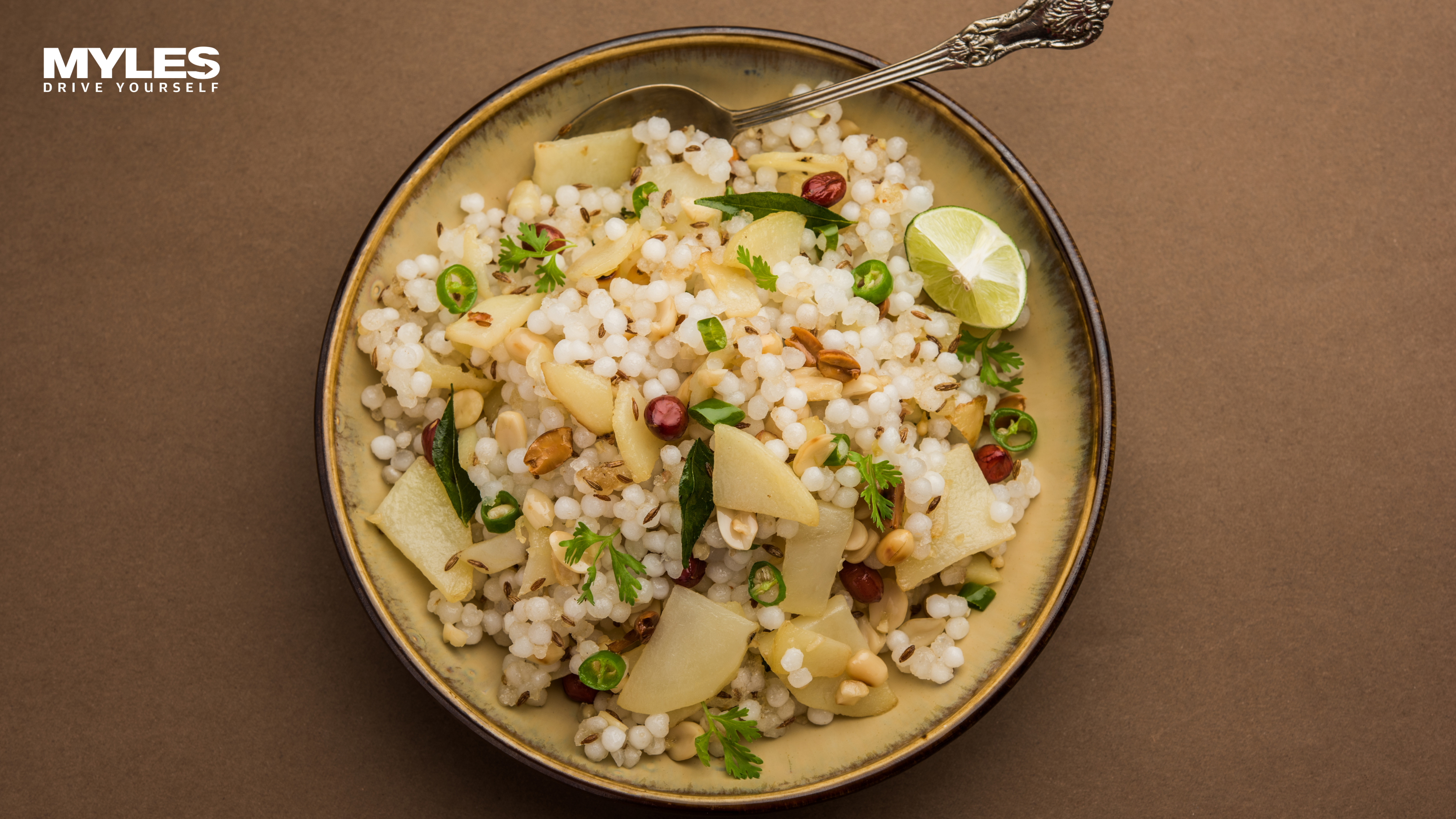Navratri has begun, and with it, start the customary rituals. Many of us keep the nine-day Navratri fast, and thus, struggle to put a pin on our cravings.With a raging appetite and solid self control, we’re hoping for the fasting period to pass smoothly.
However, Who said food eaten while observing fast is boring? Read to find out about the lip-smacking Navratri cuisines cooked across the country and, not just those fasting, other foodies can also gorge on these treats.
1). Makhana Kheer
According to the cultural tales, Makhana or fox nut has been the primary offering to Goddesses during festivals in the Mithila region of ancient India. Munching on this light snack is also popular while observing fast.
Devotees offer Makhana Kheer to the mighty Durga before consuming it. Of the several Navratri cuisines, The dish is easy to cook, delicious and healthy, providing you with the much-needed energy during fast days.
2). Banana Walnut Lassi
The main ingredients of this drink, banana and curd are of great importance in Hindu culture. Banana is considered to be a Shriphal, a fruit that is available all year round. Shri means Lakshmi, phal means fruit. It is symbolic of endless wealth and affluence.
The banana walnut lassi is a healthy drink suitable for drinking while observing fast. The energy drink is made after blending banana, yogurt, honey and walnuts together.
3). Sabudana Khichdi
Sabudana khichdi is undoubtedly one of the most popular Navratri cuisines. This carbohydrate-rich snack can be savored during the fast. Traditionally, people observing fasts need to avoid whole-grain food. Sabudana, on the other hand, is a starch that loads you with instant energy to help you get through the day during fasts.
Sabudana Khichdi is a light snack made with sabudana and mild spices. Other variations of the dish include sabudana kheer and sabudana vada, which also make for delectable Navratri snacks.
4). Kuttu Ka Dosa
Kuttu is a common and significant ingredient in preparing Navratri food. As one can’t consume grains, onion, or garlic, the flour made out of Kuttu seeds can be consumed in the form of dosa, Pakoda, kebabs, pooris and paranthas.
Kuttu or buckwheat is made from the seeds of the fruits of Buckwheat. This makes kuttu a pseudo-cereal. It is rich in nutrients and considered an extremely healthy food. Savor the crispiness of this dish prepared with a potato filling, served with coconut chutney – all of which can be eaten while observing the fast.
5). Aloo Khichdi
Potatoes, being a root, can be consumed during the festival. Before being the main ingredient of Indian street food, this easy to grow plant, rich in nutrients was an important part of the culture and traditions followed on auspicious occasions like Navratri.
One can consume potatoes in many forms – pakoda, kebabs, gravy. The dishes can be prepared with rock salt or sendha namak which is considered to be the purest form of salt. Mild spices can be added to enhance the flavor.
6). Arbi Kofta
Arbi or Taro root has been savored by Indian taste buds for years, especially in the Bengali culture. With deep roots, Arbi is rich in nutrients. Known as kochu in Bengali, the mention of this food can be found across several folktales of India.
Arbi is cooked in different forms across the country. However, if you ask your grandmother, she would describe the significance of eating this dish on auspicious occasions. The Arbi Kofta can be prepared with mild spices and served with yogurt or coconut chutney.
Conclusion
What’s stopping you from savoring these meals from amazing places in India? With these festive meals, you get to treat yourself without compromising on your religious pledge. Book a car with Myles and eat these lip-smacking cuisines from different parts of India !!


